
医学免疫学(英文版)/一带一路背景下国际化临床医学丛书9787564559977
正版图书,可开发票,请放心购买。
¥ 110.34 7.4折 ¥ 149 全新
仅1件
广东广州
认证卖家担保交易快速发货售后保障
作者编者:杜英//王华民//陈广洁|责编:张锦森
出版社郑州大学
ISBN9787564559977
出版时间2020-12
装帧平装
开本其他
定价149元
货号31154309
上书时间2024-07-30
- 店主推荐
- 最新上架
商品详情
- 品相描述:全新
- 商品描述
-
目录
Chapter 1 Overview of Medical Immunology
1.1 Introduction
1.2 History of Immunology
1.3 Composition and Function of Immune System
1.4 Functions and Types of Adaptive Immunity
1.5 Fundamental Properties of Adaptive Immunity
1.6 Immunological Memory
1.7 Immunopathology
1.8 Medical Immunological Applications
1.9 Summary
Chapter 2 Immune System
2.1 Introduction
2.2 Tissues and Organs of The Immune System
2.3 Lymphocyte Recirculation and Homing.
Chapter 3 Antigens
3.1 Overview
3.2 Antigenic Specificity
3.3 Classfieation of Antigen
3.4 Non-Specific Stimulators
Chapter 4 Immunoglobulin
4.1 Antibody Structure
4.2 Diversity and Immunogenicity of Antibody
4.3 Antibody Effector Function
4.4 Antibody Classes and Biological Activities
4.5 Artificial Antibody
Chapter 5 Complement
5.1 Complement Components
5.2 Pathways of Complement Activation
5.3 The Regulation of Complement Activation
5.4 The Functions of Complement
5.5 Complement Deficiencies
5.6 Pathologic Effects of Complement System
Chapter 6 Cytokines
6.1 Common Features of Cytokines
6.2 Cytokines and Their Receptors
6.3 Immunological Function of Cytokines
6.4 Clinical Significance of Cytokines
6.5 Cytokines and Treatment of Diseases
Chapter 7 Leukocyte Differentiation Antigen and Cell-adhesion Molecule
7.1 Human Leukocyte Differentiation Antigens
7.2 Cell Adhesion Molecules
7.3 The Clinical Application of LDA and CD Molecules
Chapter 8 The Major Histocompatibility Complex
8.1 Discovery of the MHC
8.2 MHC Genes
8.3 MHC Molecules
8.4 Binding of Peptides to MHC Molecules
8.5 MHC Alleles and Susceptibility to Certain Diseases
8.6 The MHC and Transplantation
Chapter 9 Innate Immunity
9.1 The Component of Innate Immune System
9.2 Innate Immune Recognition
9.3 Innate Immuen Responses
9.4 Regulation of Innate Immune System
Chapter 10 Antigen Processing and Presentation to T Lymphocytes
10.1 Antigen Presenting Cells
10.2 Processing of Protein Antigens
10.3 Antigen Presentation to T Lymphocytes
10.4 Cross-Presentation
10.5 Presentation of Lipid Antigen by CD1
Chapter 11 T Cell And T Cell-Mediated Adaptive Immune Responses
11.1 T Cell Development
11.2 T Cell Surface Marks and Its Function
11.3 Signal Transduction by Immunological Synapse and T Cells
11.4 T Cell Subsets and Cell Mediated Immunity
Chapter 12 B Cell And B Cell-Mediated Adaptive Immune Response
12.1 B cell Development
12.2 B cell Surface Markers and Their Function
12.3 Subsets of Mature B Cells
12.4 B Cell-mediated Adaptive Immune Response
12.5 The Role of Humoral Immune Response
12.6 Effects of Humoral Immune Response
Chapter 13 Immunoregulation
13.1 Immunoregulation of Immune Molecules
13.2 Immueoregulation of Immune Cells
13.3 Neuro-Endocrine-Immune Network Regulation
13.4 Genetic Control of Immune Response
Chapter 14 Immunologic Tolerance
14.1 The Discovery of Immunotolerance
14.2 Overview of Immunology Tolerance
14.3 T Lymphocyte Tolerance
14.4 B Lymphocyte Tolerance
14.5 Tolerance Induduced by Foreign Protein Antigens
Chapter 15 Mucosal Immune System
15.1 Mucosal Epithelial Tissue
15.2 Mucosa Associated Lymphoid Tissue and Cells
15.3 Functions of Mucosal Immune System
Chapter 16 Hypersensitivity Disorders
16.1 Introduction
16.2 Type I Hypersensitivity
16.3 Type II Hypersensitivity
16.4 Type III Hypersensitivity
16.5 Type 1V Hypersensitivity
Chapter 17 Autoimmunity and Autoimmune Diseases
17.1 History
17.2 Classification
17.3 Factors in the Development of Autoimmune
17.4 Mechanism of Tissue Injury in Autoimmune Diseases
17.5 Common Autoimmune Diseases
17.6 Treatment of Autoimmune Diseases
Chapter 18 Congenital and Acquired Immunodeficiencies
18.1 Primary Immunod
内容摘要
《医学免疫》(MedicalImmunology)主要内容包括医学免疫学的基本概念、
基本原理和基本试验技术,免疫系统的组织结构、免疫系统对自身和异己的识别及应答、免疫系统对非己的排异效应及其机制、免疫耐受的诱导、维持、破坏及其机制等。
相关推荐
— 没有更多了 —


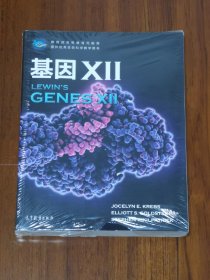
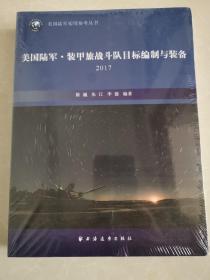
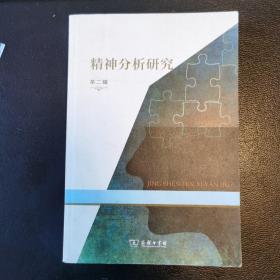

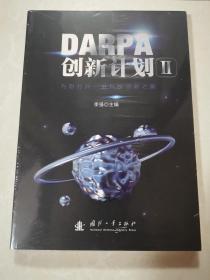


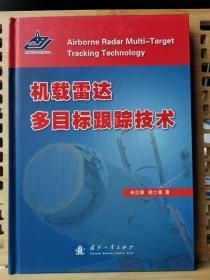
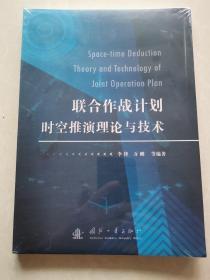










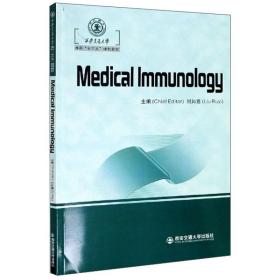






以下为对购买帮助不大的评价